The Men Behind MoMA’s Taste for Modernist Design
Long before it became a cultural juggernaut, MoMA was helmed by a young intellectual named Alfred H. Barr Jr. who, from 1929 to 1934, worked in close collaboration with architect Philip Johnson to make the museum an influential platform for modernism.
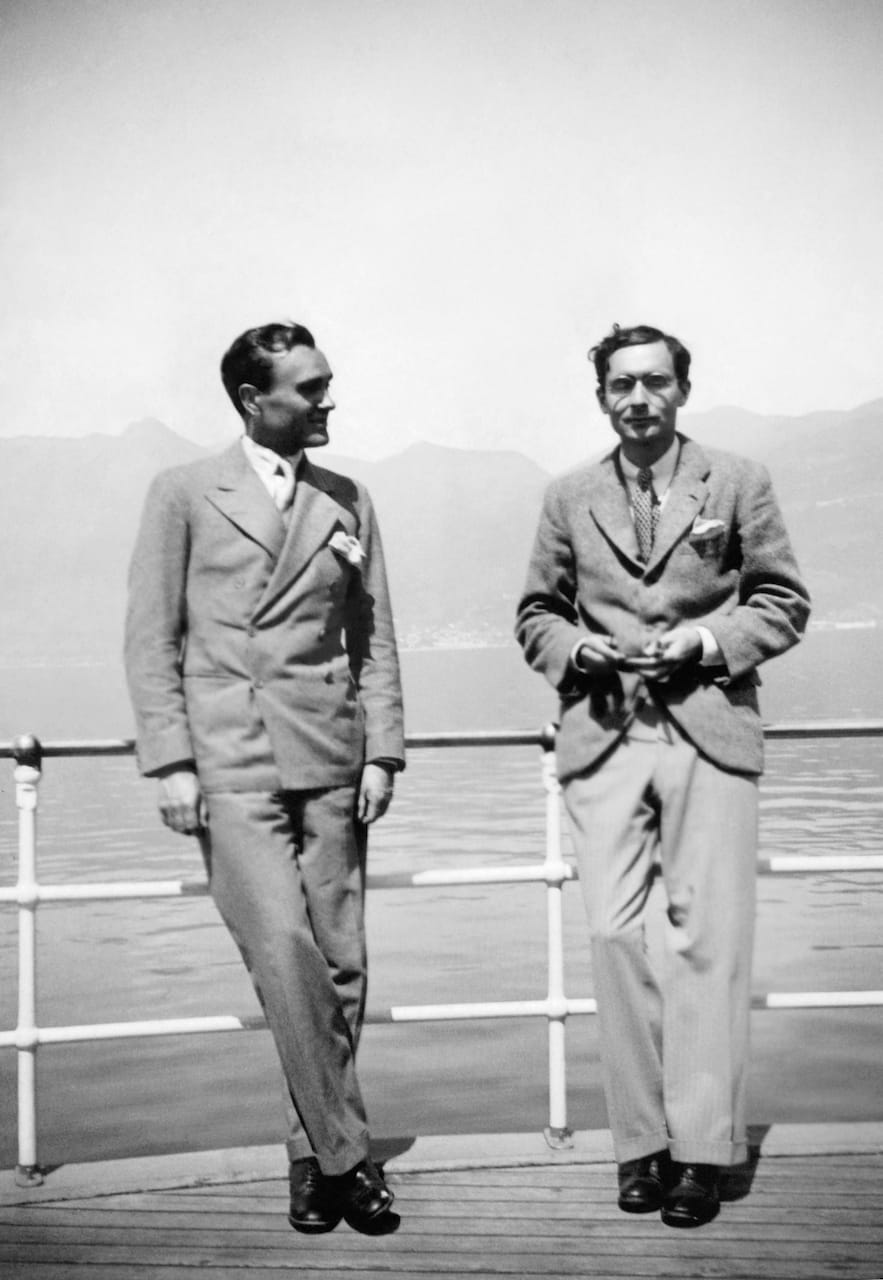
The Museum of Modern Art (MoMA) in Manhattan opened a week after the catastrophic stock market crash of October 24, 1929. That the museum would succeed, or even last a decade, was not a given. Long before it became a cultural juggernaut, MoMA was helmed by a young intellectual named Alfred H. Barr Jr. who, from 1929 to 1934, worked in close collaboration with architect Philip Johnson to make the museum an influential platform for modernism.
Partners in Design: Alfred H. Barr Jr. and Philip Johnson, edited by David A. Hanks, was recently released by Monacelli Press ahead of an exhibition opening in April organized by the Stewart Program for Modern Design in collaboration with the Montreal Museum of Fine Arts. This September the show will travel to Wellesley College, before opening in September 2017 at the Grey Art Gallery at New York University. It’s interesting that a book and exhibition all about the birth of MoMA are not spawned from the museum, but this gives the material a more objective perspective in considering the institution in its early days.
“During the depths of the Depression, the two visionaries created a cult of industrial, abstract beauty, using the museum, as well as their own homes, to try out new design ideas,” Hanks writes in Partners in Design. They were particularly enamored with the Bauhaus school in Dessau, and in introducing its ideas to the United States. This wasn’t limited to their exhibition design in the museum, where they favored white walls and the elevation of industrial objects into art. Their apartments were also testing grounds for functional design.
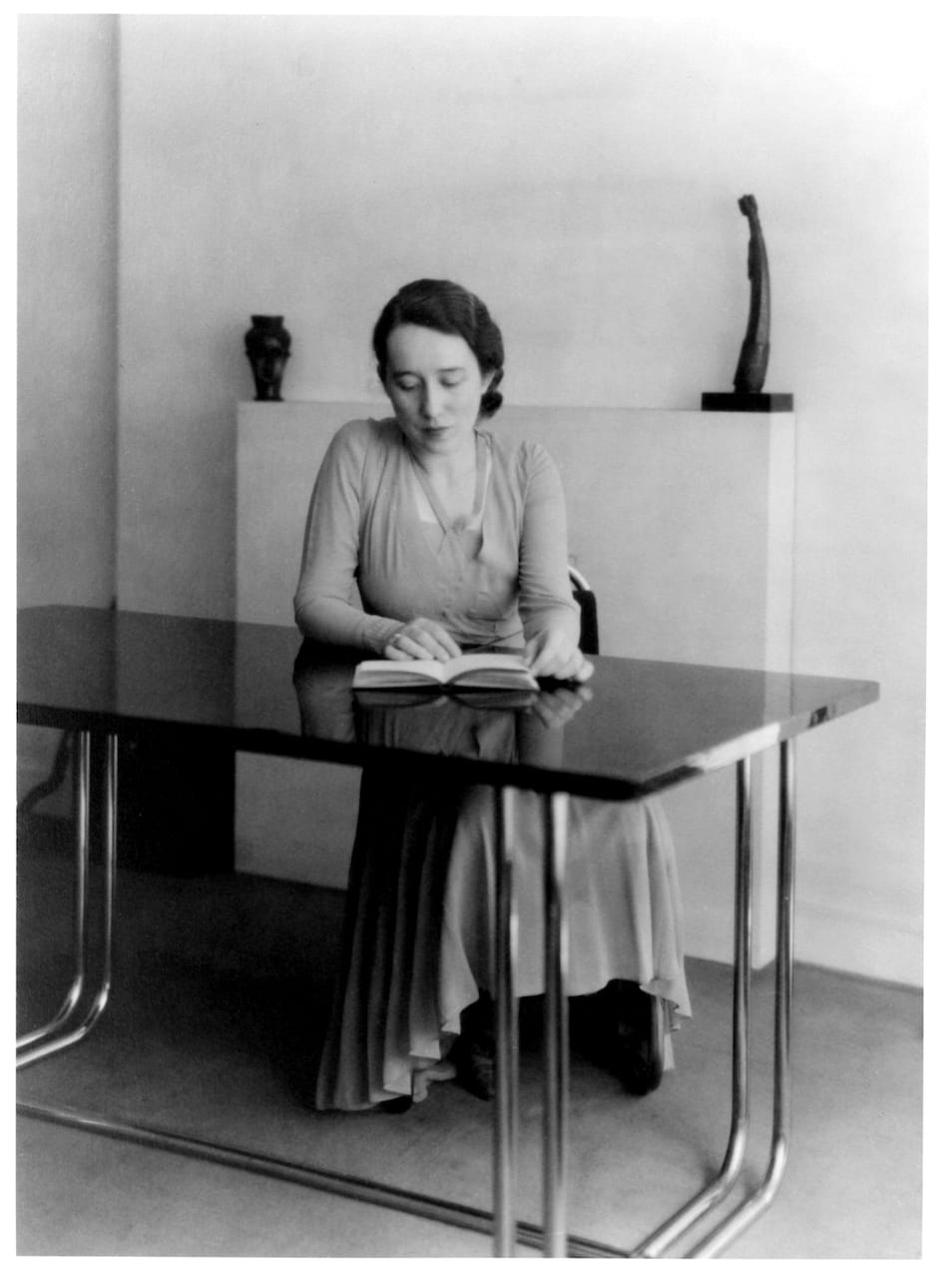
It was the donation of Marga and Alfred H. Barr Jr.’s 1930s tubular furniture by their daughter Victoria to the Montreal Museum which inspired research into Barr and Johnson’s collaboration, which revealed the Barrs lived in the Southgate apartment complex at 424 East 52nd Street just a floor above Johnson’s own apartment. Partners in Design includes some previously unpublished images of their apartments from this period. The Barrs had relatively modest tastes, favoring American industrial design, while the wealthier Johnson hired renowned architect Ludwig Mies van der Rohe to create his space. Nevertheless, they shared an interest in machine-made design of everyday objects that expanded through both their professional and personal lives. Their close connection during MoMA’s first years in those two realms helped make that a central principle of the museum
Art critic Robert Hughes is quoted in the book as stating that “MoMA set out to change the visual culture of America radically and permanently. It wanted to teach Americans to look at everything around them, not only paintings and sculpture (which did not surround them) but auto hubcaps, film, magazine layout, and buildings (which did), and see that such things were the products of a culture and not mere accidents of commerce.”
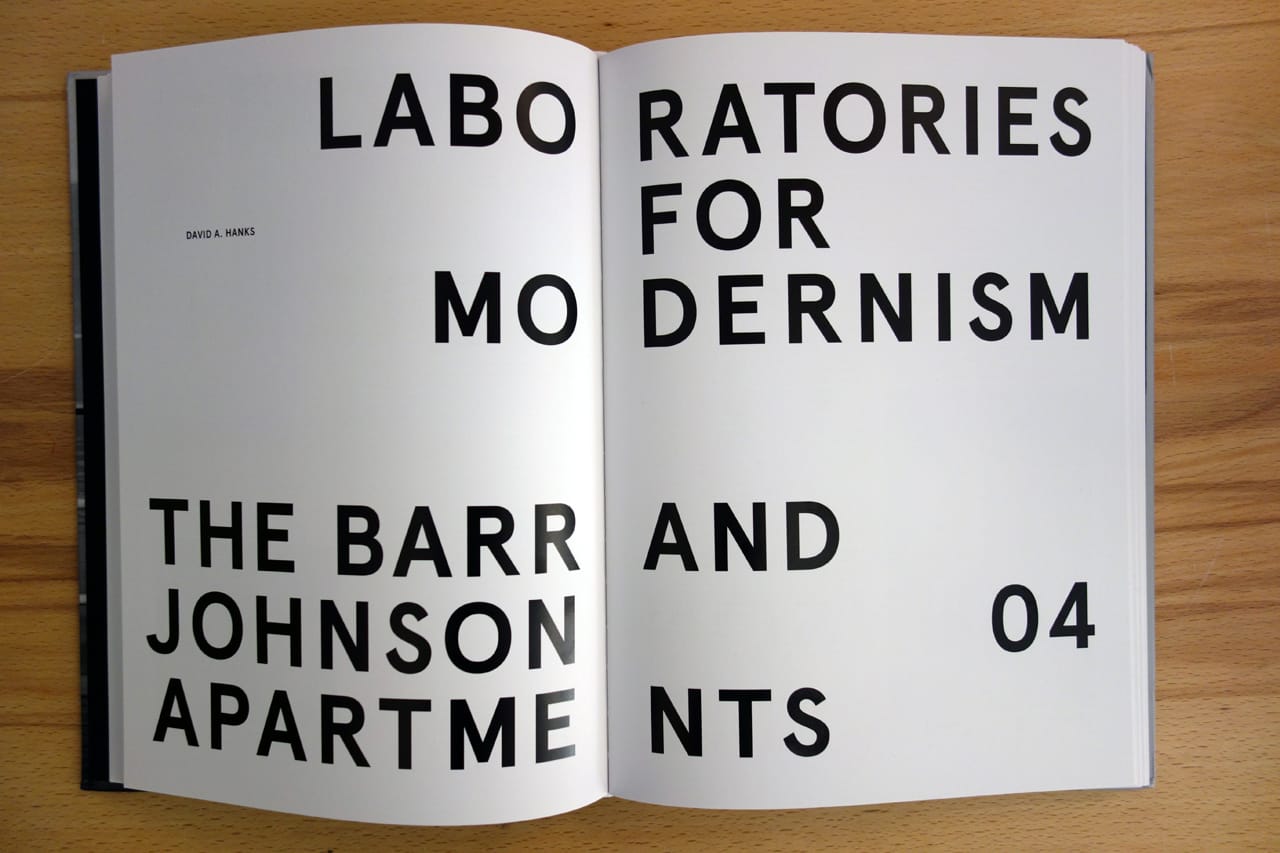

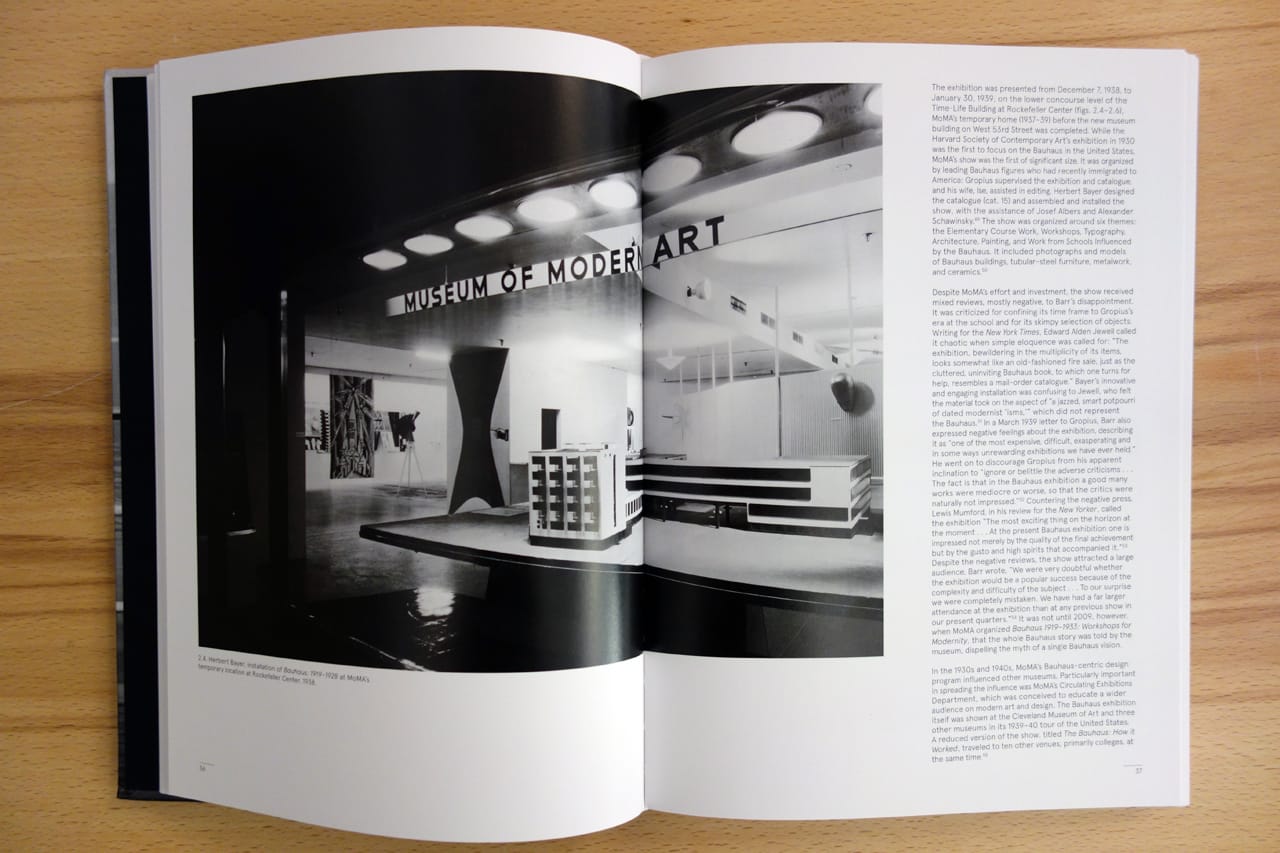
Hanks reaffirms in his text that in Barr’s view, “MoMA had a responsibility to ‘show the many disparate, even contradictory, yet significant kinds of art our complex civilization has produced, and show them continuously in permanent galleries, so that the public may have at all times a panoramic perspective of the visual arts of our period.'” He also considered each detail of the museum, such as accessible wall text and catalogues, in encouraging a wider public to interact with the exhibitions, which when they toured in the 1930s and 40s would help popularize the International Style around the country. The 1934 Machine Art curated by Johnson, for instance, visited 19 different venues in four years.
New York City from 1929 and 1934 was changing fast, with new skyscrapers, industrialization, and a constantly increasing population. By having design and architecture a central part of its programming from the start, MoMA became an essential voice in contextualizing the changing aesthetics of the 20th century. Partners in Design is not shy about considering where things didn’t entirely succeed, such as the political aspects of Bauhaus being emphasized much less than the visuals in Barr and Johnson’s work — it might be worth mentioning that Johnson’s own politics, particularly his Nazi sympathies have always been a contentious aspect of this early history. It ultimately manages to make a subject that seems exhausted — the rise of modernism in the United States and the history of MoMA — feel fresh, and reveals an overlooked human relationship behind the beginning of the museum.


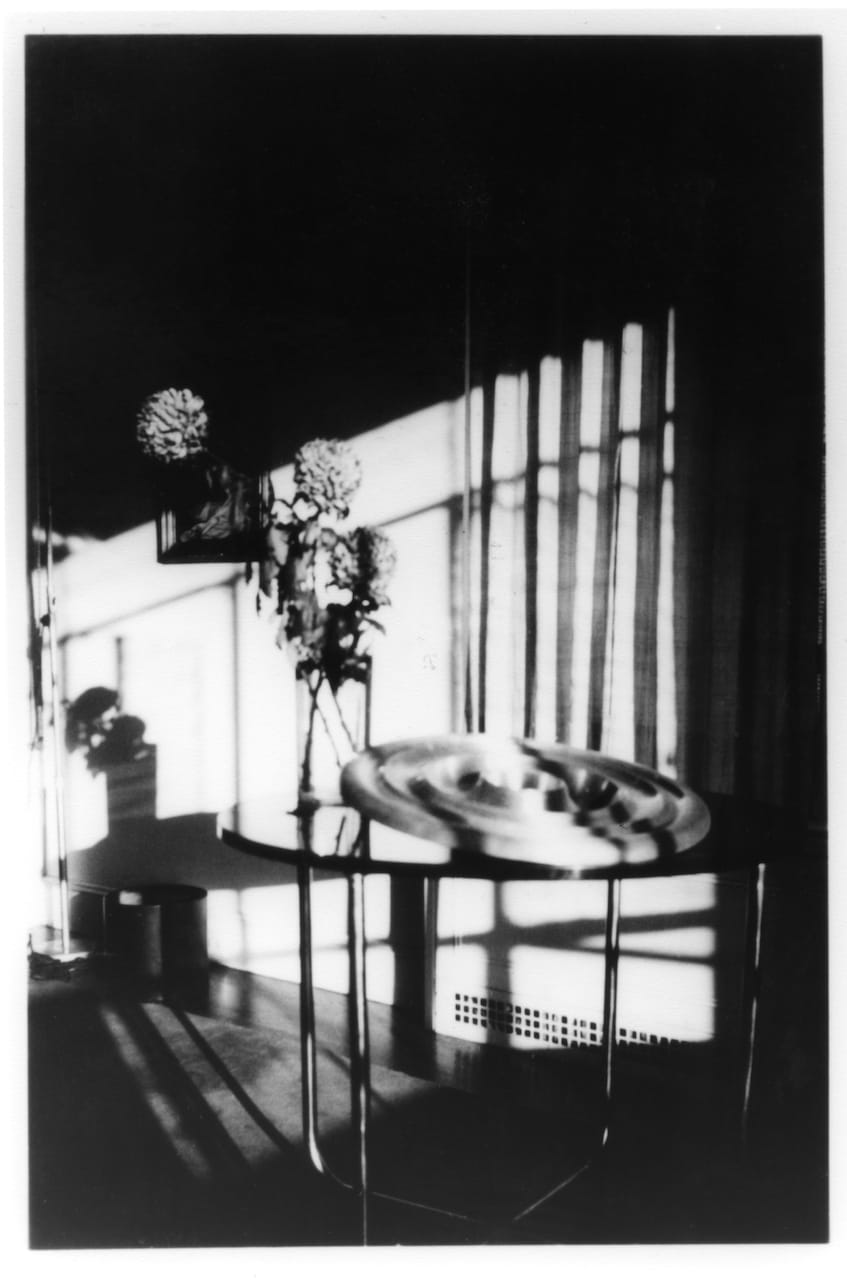
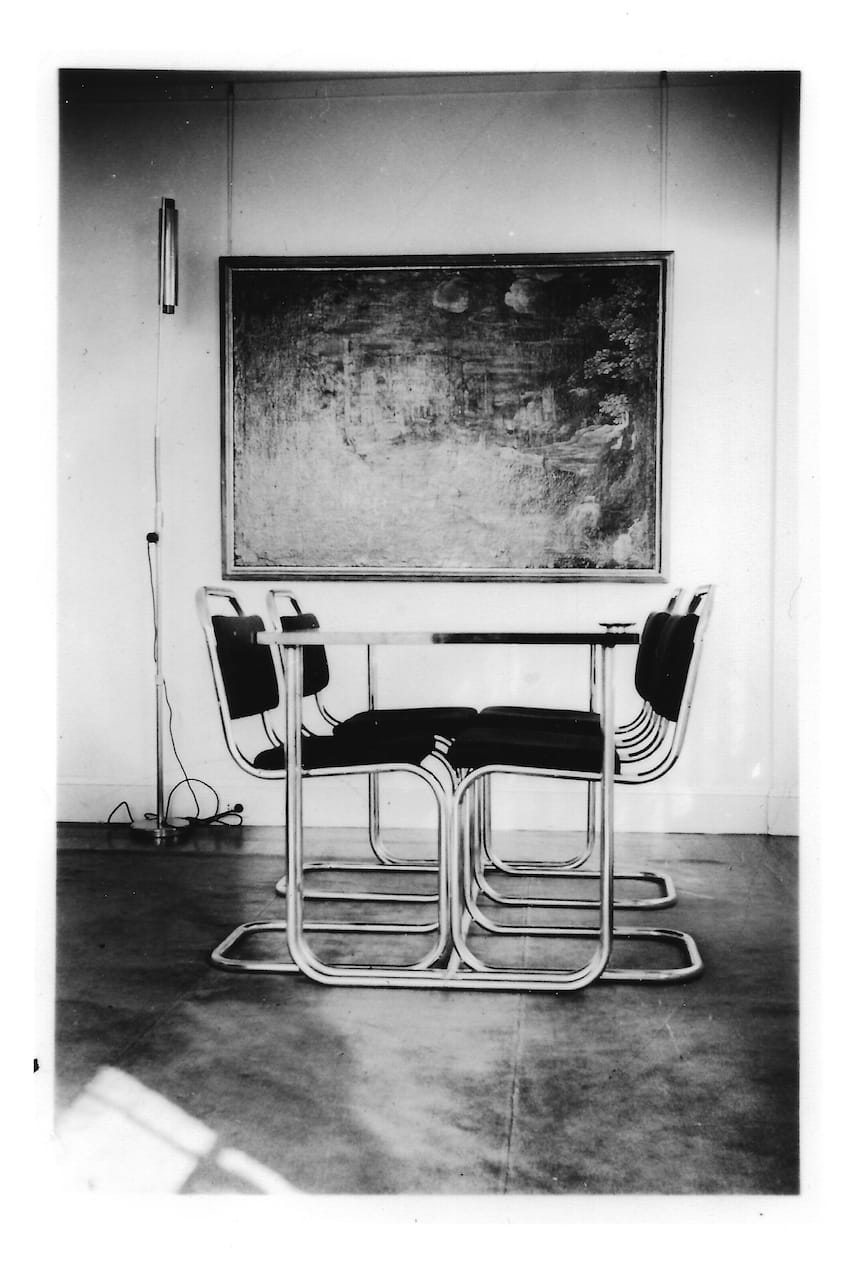

Partners in Design: Alfred H. Barr Jr. and Philip Johnson edited by David A. Hanks is out now from the Monacelli Press.





